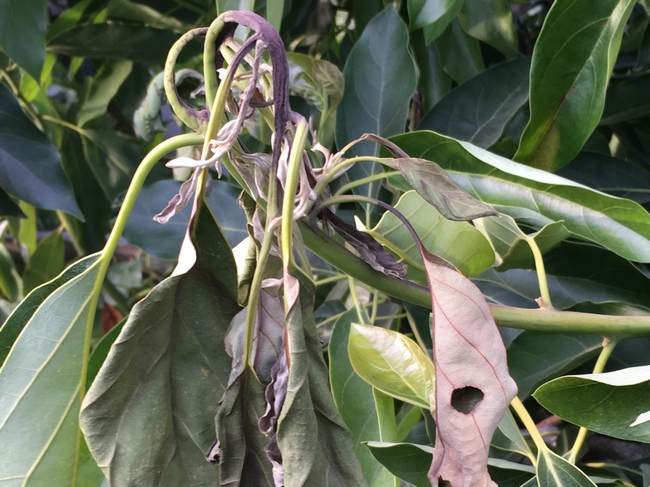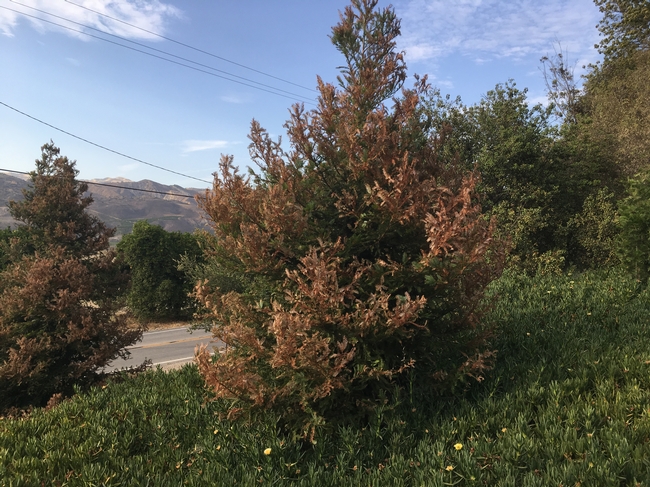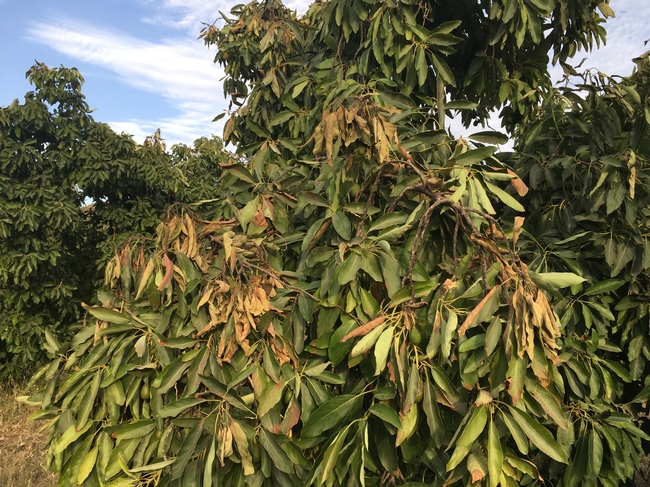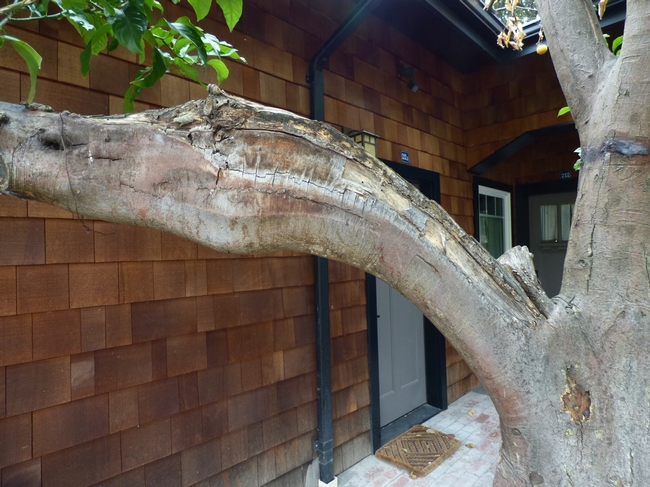- Author: Ben Faber
This is the most recent activity summary of a group of organizations working on the Invasive Shot Hole Borers and their associated fungal symbionts. This pest/disease complex affects avocado along with a large number of native and landscape plants in California, as well as in other parts of the world (http://ucanr.edu/sites/pshb/; http://ucanr.edu/sites/pshb/files/238251.pdf):
Invasive Shot Hole Borers
Quarterly Situation Report
January through March 2018
Executive Summary
Overview
Education, outreach, and monitoring activities were robust during the cool damp winter months of 2018. Infestations continued to dominate Orange, San Diego, and Los Angeles counties, with lesser activity in Ventura and Santa Barbara counties. The need for funding of research, education, outreach, and waste management associated with ISHB was brought to the attention of state governance. Preventative efforts to increase awareness of ISHB in unaffected counties continued. Collaborative efforts of numerous agencies, educational institutions, and non-profit groups resulted in the successful efforts listed below.
Statewide
The two-day Invasive Species Summit was held in the State Capitol for legislators and their staff to learn about environmental pressures and costs created by these species statewide. Three pieces of proposed legislation were written either specific to or with components addressing ISHB. They are: AB 2054 (Gonzlez Fletcher), AB 2166 – California Farm Bill, AB 2470 (Grayson) – Invasive Species Council.
The Statewide SHB Network convened telephonically to discuss ISHB, spread, threat, and help educate those in unaffected counties. An ISHB presentation was given at a statewide horticultural convention in northern California.
The triennial California Native Plant Society Conservation Conference was held near Los Angeles International Airport. ISHB was addressed at a pre-conference invasive species workshop, throughout the conference by tabling and poster session, and during the Invasive Species Session.
Regional
UCCE San Diego helmed a two-part GSOB/ISHB-FD webinar, along with other UCCE and CALFIRE collaborators. The first installment streamed in March.
UCCE San Diego began work on an online ISHB survey assessment tool that will be accessible when completed on PSHB.org. This feature will help the public determine if tree symptoms may be due to an ISHB infestation. An added component will allow UCCE to monitor reporting. The decision tree that is part of the assessment takes the reporter to part of the site whereby photos can be submitted if the tool determines a probability of ISHB infestation. This tool will be completed, tested, reviewed, and posted to the website by summer 2018.
San Diego County
- Two ISHB public educational events were presented
- Buy It Where You Burn It campaign distributed literature countywide
Orange County
- Four ISHB public educational events were presented
- Numerous trap and monitoring sites are established throughout the county primarily in wildlands and parks
- Orange County Waste and Recycling learned 28% of all trees at Prima Deshecha Landfill in San Juan Capistrano are infested with ISHB/FD or Botryospaeria. Most of the vegetation at this site is comprised of native species
- A post-incident GSOB/ISHB reconnaissance was conducted in Weir Canyon, where the Canyon II Fire burned in autumn 2017
- Orange County Parks continued to track tree losses and costs associated with ISHB infestations on its properties. An economic report was publicly released
Los Angeles County
- Three ISHB public educational events were presented
- A funding request was submitted to County governance to continue the ISHB trapping program coordinated by the Resource Conservation District of the Santa Monica Mountains
- The Huntington continued monitoring and green waste processing at the 207-acre facility. An ISHB trapping trial by principal investigator at UC Riverside was initiated that utilizes castor wood as the attractant
Ventura County
- Twenty-six traps are established and monitored in the Santa Clara River watershed extending from the estuary to Piru
- Fifteen traps are established and monitored in the Ventura River watershed. This number is down by two after being lost during the Thomas Fire
- A new infestation was identified in the City of Santa Paula proximal to a known infestation in the Santa Clara River
- One ISHB educational event was presented to Master Gardeners
Santa Barbara County
- Seven traps are being monitored in Montecito and the City of Santa Barbara
- Three traps in Montecito were lost from the January debris flow disaster
- One ISHB educational event was presented to Master Gardeners
San Luis Obispo County
- One ISHB educational event was presented to Master Gardeners
Articles:
A. Raver. The tiny menace. Landscape Architecture Magazine. March 2018.
https://landscapearchitecturemagazine.org/2018/03/13/the-tiny-menace/
Images:
Shot Hole Borer galleries, cottonwood
Shot Hole Borer entry point, sycamore. Curtis Ewing, CAL FIRE
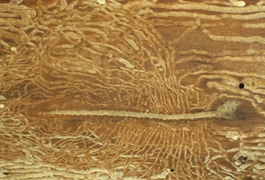
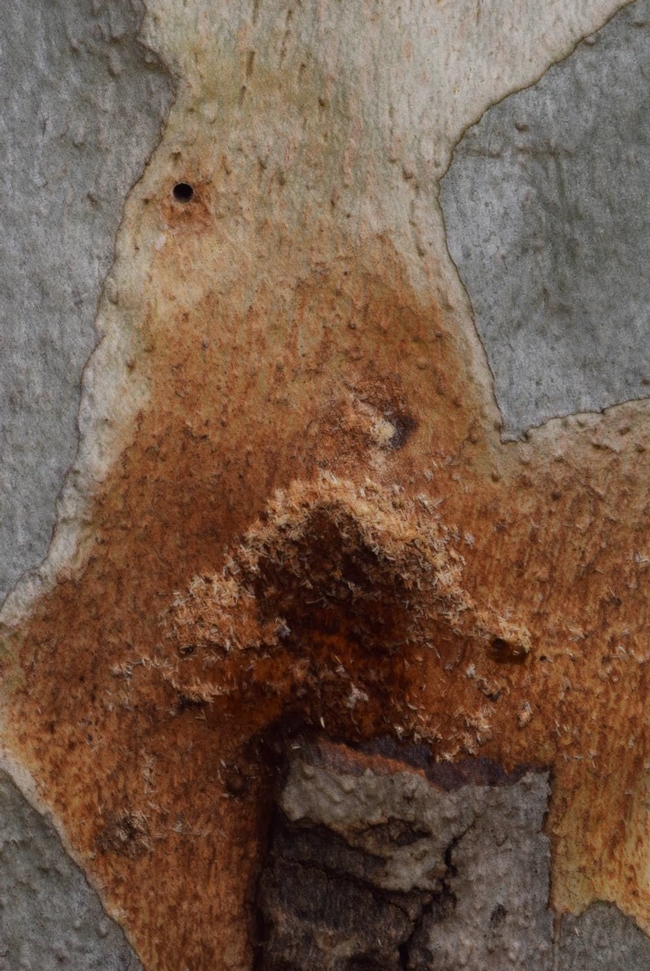
- Author: Ben Faber
So, this weekend we had some hot weather and the damage from that heat is apparent in all kinds of plants. Sycamores, cottonwoods and willow in the Santa Clara River bottom look torched. Redwoods in the landscape look like a new disease has hit them.
Even old coast live oak in Ojai have been toasted. Orchards have been hit also with been hit without exception. This has been a widespread weather phenomenon like a major freeze. And the trees should be treated as if they have been freeze damaged.
http://ucanr.edu/blogs/blogcore/postdetail.cfm?postnum=12275
So, what to do with the avocados and citrus that have been hit? Well, if it's just a slight toasting, nothing. They will grow out of it. It's a setback. The growing points, the terminal buds, have been damaged and in the case of avocados those may not flower next spring. If the damage is not extensive, the whole canopy has not been damaged, then flowering should be sufficient for a good crop next year. If the whole canopy has been hit, it's likely that flowering will be minimal next year.
If the trees have lost significant portions of the canopy, though, the heat damage is not the problem, it's the sunburn damage that is going to happen that is the problem. It's the loss of the leaves that transpire and cool the tree that lead to this kind of damage that can kill small trees and lead to significant branch loss in older trees.
The leaves act like the radiator in a car. They move water through the tree and that water movement carries off the heat that accumulates in the branches and stems. When water flow stops, the bark heats up and tissue is damaged. The worst-case scenario occurs when a “renovated” tree that has been brought down to 6 feet in January and since then there has been new growth all over the tree. The heat fries that new growth and now the whole tree structure is exposed to sunburn damage.
The branches exposed to the sun need to be protected with whitewash. The whitewash needs to be WHITE, not grey. It needs to be able to reflect the sun and prevent the surface from heating. The tops of branches and the west and south sides need to be the most protected, so it often involved hand work. And it needs to be done soon after the canopy loss. That wood heats up fast and damage occurs soon after it heats up.
So what else needs to be done? No canopy, no water loss, so it's necessary to manage the water differently. With no leaves, there is no water moving from soil through the tree, so it just sits there, and the ground stays wet. Perfect conditions for root rot.
Growers who were watering their trees knowing that a heat spell was coming, did the right thing. It probably reduced the severity of the damage, but even growers who had water on before the heat and it was running during the heat have had damage. With canopy damage and loss, applied water needs to be restricted to just enough to get tree recovery without creating a wet, soggy condition. And with tree recovery, it's going to need a continually changing irrigation schedule as new growth occurs.
So now more than ever, water to the tree's growing needs. And the normal fertilizer program needs to be adjusted. There's probably sufficient nutrients in the soil from prior fertilization that nothing new needs to be applied.
And don't' prune the trees. Leave the hanging leaves there. They will help protect the tree from sunburn, but the extent of the damage is not clear. Let the tree push new growth and that will tell you sometime in the future 3-6 months, even a year from this event, when to do significant pruning.
Phlood, Phyre, Phrost, Fytophthora and Phahrenheit continue to plague our industry. It seems like we are always coping with some natural and some unnatural issues affecting agriculture. Oh, yeah and pH.
Photo: Heat singed new avocado growth.
